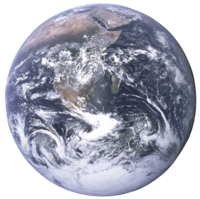
Photo from wikipedia
While the number of farm-level sustainability assessment tools is growing rapidly, concerns are raised on whether the assessment results of different tools present similar and valid conclusions about the sustainability… Click to show full abstract
While the number of farm-level sustainability assessment tools is growing rapidly, concerns are raised on whether the assessment results of different tools present similar and valid conclusions about the sustainability performance of farms. In this paper we analysed the thematic scope of sustainability assessment tools, and compared assessment results from sustainability assessment tools. A coverage analysis of four tools (RISE, SAFA, PG and IDEA) demonstrated the diversity in approaches to assess sustainability at farm level. Tool developers select different (sub)themes and indicators, and apply different methods for measurement and aggregation of scores. This variability in approaches results not only in different tools, but can also result in different conclusions on the sustainability performance of farms. Decisions made in the development of a sustainability assessment tool need to be transparent to understand and explain the results of a tool and support farmers in a sustainable development of their farm. To improve the transparency in sustainability assessment tools we presented a framework describing decisions made in the development of a tool. An increased transparency in sustainability assessment tools can reduce the risk on distorted assessment results and actions, and contribute to the trust and relevance of future sustainability assessments.
Journal Title: Ecological Economics
Year Published: 2017
Link to full text (if available)
Share on Social Media: Sign Up to like & get
recommendations!